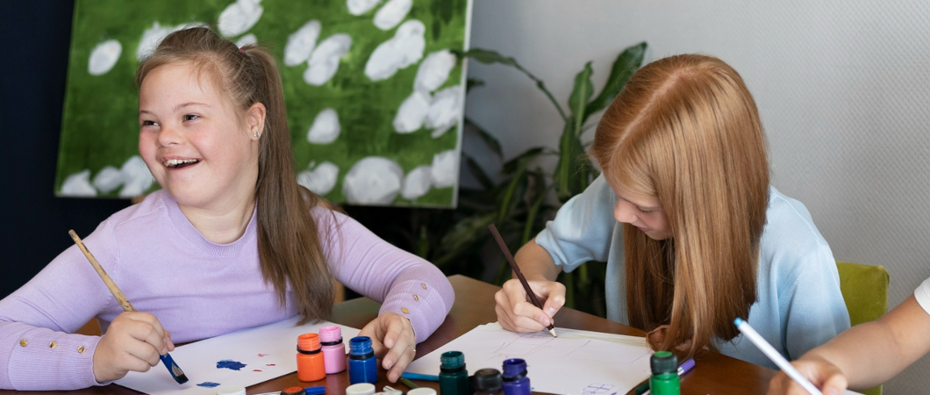
Identifying Barriers and Understanding Needs
Evidence may include:
- EYFS profile.
- Phonics Screening Check.
- Teacher assessment (both formative and summative assessment).
- Standardised assessments [Size: 141 KB, File: DOCX] are undertaken by the school using a response to intervention framework.
Difficulties
Areas of difficulty in reading may include one of more of the following:
- reading accuracy
- reading fluency
- reading comprehension.
It is important to ensure the chosen provision relates to the CYP’s specific difficulty with reading.
What a child may look like who has prolonged difficulties
A child who is struggling to read at an age-appropriate level can present in many different ways. They usually know they are poor readers so their self-esteem is low and their anxiety around anything that may involve reading is high.
Ten things you may spot or should look out for:
- A child who constantly looks at other children’s work to see what they should be doing if they cannot read what is on the board. They can be so anxious about the reading that they can fail to focus on the teacher’s spoken instructions that may have helped them.
- When they read to someone, they sound out every single word even those that do not follow phonic rules such as was or you. This is a stage in learning to read but in a child who has been struggling to read for some time, it can become their constant go-to tactic even if they do know the word. This makes comprehension of what they have read difficult as they have been simply decoding a list of words.
- Some children have problems keeping to the same line in a book or piece of text. They end up reading half of one line and half of the next line, for instance, which makes understanding almost impossible. This would be referred to as difficulties in ‘tracking’. Many children do this now and again but are alert for the child who does this a great deal. It is often worse when the text is quite small and crowded on a page.
- Some children can successfully mask their inability to read by refusal, anger, and other overt distressed behaviours. Reading can become a battle at home especially if they suspect a younger sibling can read far better than they can.
- They can become so anxious that they either refuse to go to school and become incredibly angry and express ideas such as their teacher dislikes them or that school is ‘stupid’. They can develop physical symptoms such as headaches or tummy aches. Remember we can all develop physical symptoms when we are very anxious and stressed so they really can feel ill.
- In a group reading situation a child may be so anxious about which bit of text they may be asked to read that they have no idea about what the story is about as a whole.
- Older children who are given quite ‘wordy’ worksheets can delay starting a task with tactics such as asking to go to the toilet and spending a lot of time looking for something they need, such as a pencil before they can start. They may want to delay starting so a neighbour may have written something they can copy.
- Children with neurodiverse conditions such as Autism and ADHD can mask their difficulties with reading behind behaviours that people might see as an expression of their sensory processing issues and neurodiversity and miss that some of the more anxious behaviours they are exhibiting may occur when reading is required.
- Ensure that a pupil’s eyesight is ok. It is surprising how many children can mask sight problems, especially older children, because they do not want to wear glasses.
- Likewise hearing problems such as severe glue ear in the past or that is ongoing can be a challenge for a child learning to read who cannot hear individual sounds that make up words. This can make them feel defeated by the whole phonic approach.
Resources
Response to Intervention Framework32KB–word
Size: 32KBFile format: word
Glossary
Click the button below to go to the glossary page.

